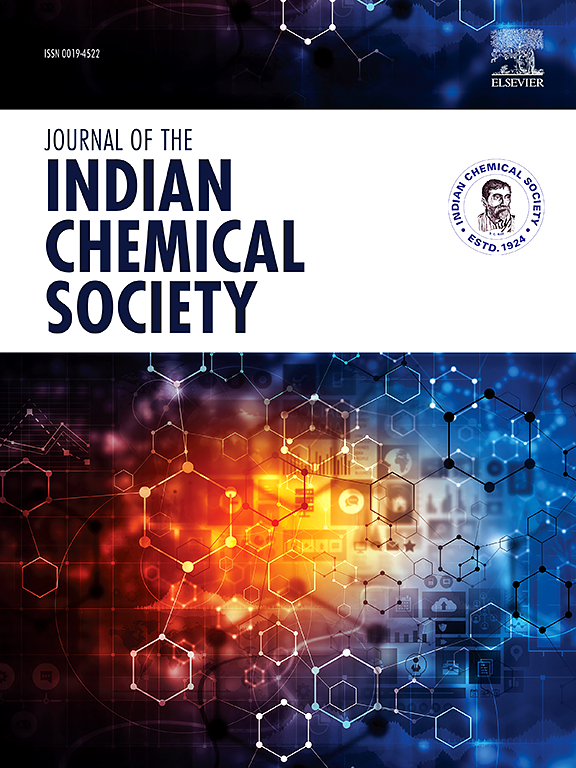热活化过硫酸盐对饱和活性炭的静态和动态再生研究
IF 3.2
4区 化学
Q2 CHEMISTRY, MULTIDISCIPLINARY
引用次数: 0
摘要
目前,传统的活性炭后再生方法有热再生、生物再生、电化学再生等。在本研究中,采用静态(即水浴)和动态(即流动)两种方法,研究了热活化过硫酸盐氧化法再生饱和氧氟沙星活性炭。对于静态再生,实验变量为过硫酸钾(KPS)浓度、H2O2浓度、再生液pH、再生温度和再生时间。结果表明,最佳条件为10 mmol/L、25%、7℃、60℃、2 h,再生率为56.19%。采用KPS溶液通过饱和氧氟沙星的活性炭固定床进行动态再生,实验变量为KPS浓度、再生温度、碳层高度、流量和再生时间,最佳再生条件为100 mM、85℃、5 cm、10 mL/min和1.5 h,再生率为52.5%。因此,我们的研究提出了低成本、环保的方法来再生水处理设施中使用的废活性炭。本文章由计算机程序翻译,如有差异,请以英文原文为准。

Regeneration of saturated activated carbon with thermally activated persulfate by static and dynamic methods
Currently, the traditional post-regeneration methods for activated carbon include thermal regeneration, biological regeneration, electrochemical regeneration, and so on. In this study, the regeneration of ofloxacin-saturated activated carbon using thermally activated persulfate oxidation by both static (i.e., water bath) and dynamic (i.e., flow) methods were investigated. For static regeneration, the experimental variables were potassium persulfate (KPS) concentration, H2O2 concentration, the pH of the regeneration solution, regeneration temperature, and regeneration time. Our results showed the optimal conditions to be 10 mmol/L, 25 %, 7, 60 °C, and 2 h, respectively, providing a regeneration rate of 56.19 %. For dynamic regeneration, which was performed by pumping a KPS solution through a fixed bed of ofloxacin-saturated activated carbon, the experimental variables were KPS concentration, regeneration temperature, carbon-layer height, flowrate, and regeneration time, and the optimal values were found to be 100 mM, 85 °C, 5 cm, 10 mL/min, and 1.5 h, respectively, providing a regeneration rate of 52.5 %. Thus, our study presents low-cost, environmentally benign methods for the regeneration of spent activated carbon used in water-treatment facilities.
求助全文
通过发布文献求助,成功后即可免费获取论文全文。
去求助
来源期刊
CiteScore
3.50
自引率
7.70%
发文量
492
审稿时长
3-8 weeks
期刊介绍:
The Journal of the Indian Chemical Society publishes original, fundamental, theorical, experimental research work of highest quality in all areas of chemistry, biochemistry, medicinal chemistry, electrochemistry, agrochemistry, chemical engineering and technology, food chemistry, environmental chemistry, etc.

 求助内容:
求助内容: 应助结果提醒方式:
应助结果提醒方式:


